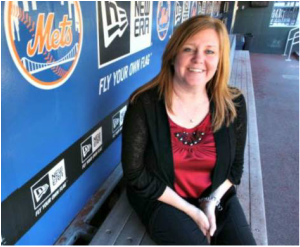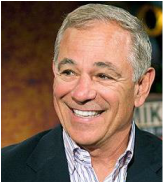|
Bobby Valentine will honor Shannon Forde, the senior director of media relations for the Mets, who died at 44 from breast cancer last March.
On Monday evening from 7 to 9 PM, the former Mets manager will be at Foley’s Pub at 18 W. 33 St. to sign autographs, schmooze in English and, who knows, maybe even Japanese, given his time spent managing over there. The proceeds will go to the Forde Children’s Fund. She left behind her husband, John, and Nicholas, 8, and Kendall, 5, and hundreds of close friends including Shaun Clancy, the baseball-centric proprietor of Foley’s. In a mad world, Shannon was a capable and friendly presence with the Mets. Stars like Keith Hernandez and John Franco and Mets staffers with a heart have helped raise money, and now Bobby V is helping. He is home in Connecticut these days, working as a TV analyst and athletic director of Sacred Heart University. Visitors are encouraged to bring their own memorabilia – each autograph is $40, and signed balls are $20 and photos are $10. Valentine will participate in a Q&A, with Pete Caldera, singer and sportswriter, serving as master of ceremonies at Foley’s the Irish pub devoted to baseball – with thousands of signed balls and photographs and memorabilia covering every square inch. For information: Tel: 212-290-0080. [email protected] 9/7/2016 02:41:16 am
I don't excite always by reading blog posts. But in your blog I find something that implies in blogging. Anyway, you’re unquestionably a great blogger and you have a skill to make your reader to keep reading your blog again and again. Keep up the magnificent work. Continue moving the people! This is one of the very interesting post. Because I am new in blogging and I require great instructional exercise like your post. Comments are closed.
|
Categories
All
|











